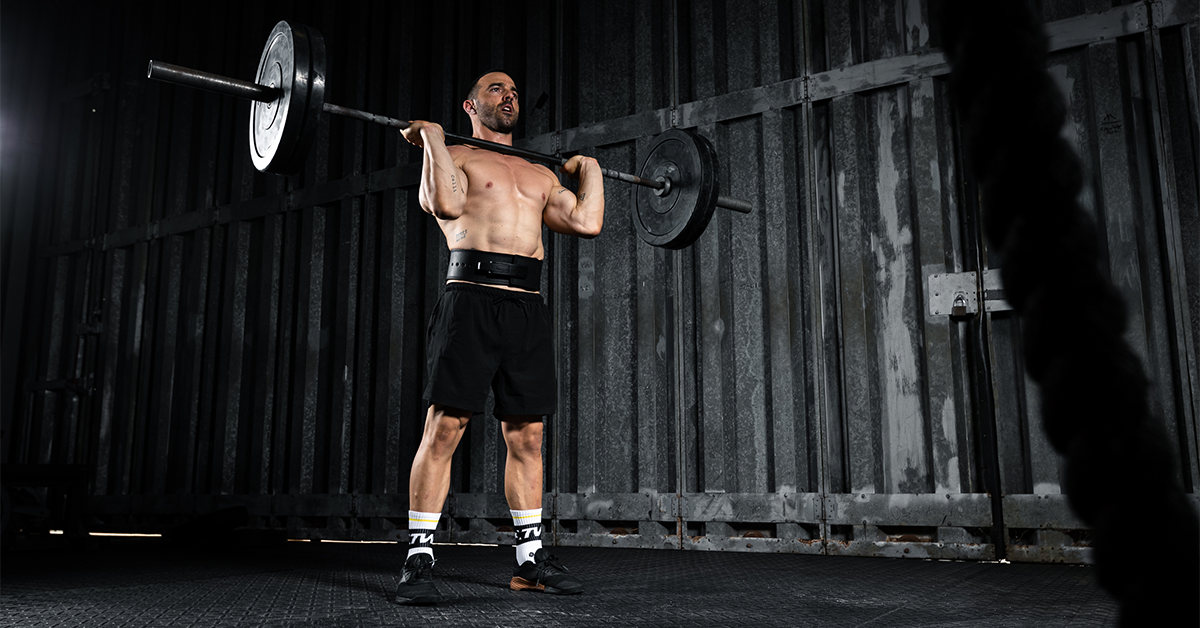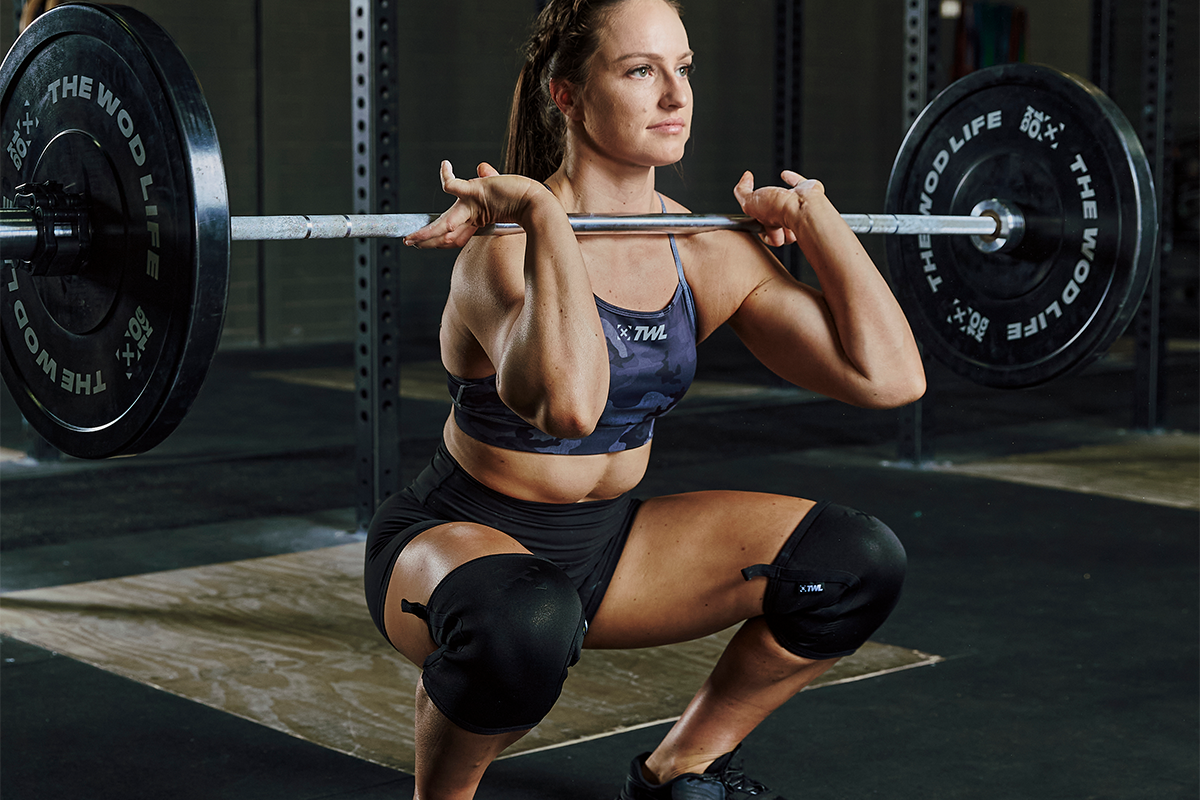The clean is one of the two Olympic lifts, and it requires strength, power, speed, flexibility, and coordination. All components need to work together to achieve a successful lift. Because it’s not as technical as the snatch, poor form in the clean often goes unnoticed, which inhibits athletes from progressing and possibly leads to injury down the road.
If you are reading this, you probably want to improve your technique; and if you do, you will be highly rewarded with a heavier clean. The following are some of the most common mistakes athletes make in the clean, and how to fix them.
4 Common Mistakes People Make in the Clean
1. Not Finishing the Pull
Proper technique in the clean calls for three pulls. The first one starts from the ground, slow and steady. The second pull happens after the bar passes the knees, and it becomes fast and explosive. The third pull happens as the bar makes contact with your hips and continues moving upward, which is when you begin to travel under it.
The clean is all about the right timing. Only after these three pulls have been completed and you have reached full extension is it okay to move around the bar.
Many athletes combine the second and third pull, bending their arms early and not finishing their extension. If you start bending the elbows too soon, you’re trying too hard to control the bar with pure arm strength, losing power and using your arms to finish the lift. While you might be able to get away with this at lighter weights, it won’t let you progress with heavier ones.
https://www.instagram.com/p/Bujxlt7Htqp/
If you think this is a mistake you are making, try doing sets of clean pulls to get a better feel for how fast or slow you are going, and when to get yourself under the bar. Think of finishing the pull tall and on your toes. Reach for the sky.
We know heavy clean pulls can really wear on your grip. Try taping up your thumbs before tackling these — you’ll be grateful for the extra cushion and support.
2. Diving Under the Bar
One of the keys of the clean is getting yourself under the bar quickly but under control, so you can accommodate the weight in the squat and stand up fast. However, if you dive under the bar, chances are you are not completing the pull and moving with the bar.
https://www.instagram.com/p/BxlcEvanBBU/
You and the bar should always be connected. Plus, when you dive under, the bar crashes onto you — that’s never good with heavier weights. Your back rounds and your knees cave in, and this is when bad things can happen.
It’s crucial when you’re lifting with moderate weights, you consciously practice staying strong at the bottom — core tight and engaged, knees pushing out. Maxing out might be a different story. It’s expected that your form might go a little. If going heavy is on the agenda, protect yourself by wearing some extra gear. Weightlifting belts give much-needed support during a heavy lift, and knee sleeves offer compression and protection from fast and heavy squats.
If you’re in the market for a new belt, we’re big fans of this one. And RockTape Assassins knee sleeves have been total life-savers. Don’t be surprised if you add a few kilos to your lifts after incorporating these.
For this, you can work on your technique by practicing light power cleans and riding them down until you reach a full squat, to get the right feeling of completing the pull, meeting the bar, and riding down with it.
3. Keeping the Bar Away From the Body
You probably remember those geometry classes where the teacher told you the shortest distance between two points is a straight line, right? Well, that also applies while performing a clean: keeping the bar close to the body will allow for the most efficient bar path. As long as the bar remains in a straight path, power won’t be wasted. If, on the contrary, the bar travels away from the body, you will need more strength in your arms to lever and lift it up. Therefore, you’ll use up more energy and hold yourself back from bigger weights.
https://www.instagram.com/p/BuH4PBnH3uO/
A good way to know if this is the kind of mistake holding you back from progressing is seeing if you are jumping forward to catch the bar. This is a sign that the bar is not following a straight path. To correct this type of mistake, practice the hang clean more often to get the sense of having the bar close to your body and using the power from the hip pop.
4. Rushing Off the Ground
The start position for the clean requires high mobility in the hips and ankles. To achieve the correct starting position, you need:
- Lats engaged.
- A tight core.
- Eyes straight ahead.
- Shoelaces covered by the bar — this is a good relationship between the bar and the body for the initial lift-off.
https://www.instagram.com/p/BwEVA1zHhzq/
Once this list has been checked off, the key is to start slow and be patient during the first pull. Then, as the bar reaches the middle of the thighs, accelerate and be explosive. This is much more efficient than starting off the ground fast and sloppy, which will set you up for a sloppy lift. While speed is important, it doesn’t happen until the knees.
Consider the portion of the pull that goes from the floor to your knees as your chance to really build tension. When you hit your knees, you explode upward. Avoid yanking the bar off the ground — it should be smooth and fluid.
If you detect these mistakes in your lifts and correct them, you might be celebrating some PRs. You can always film yourself or ask a coach to guide you, to catch all the details and improve your technique. As we said earlier, good technique in cleans always wins.
Shop with The WOD Life today!

















